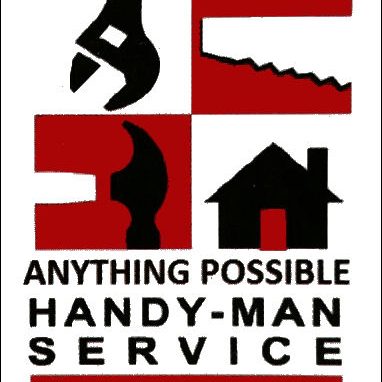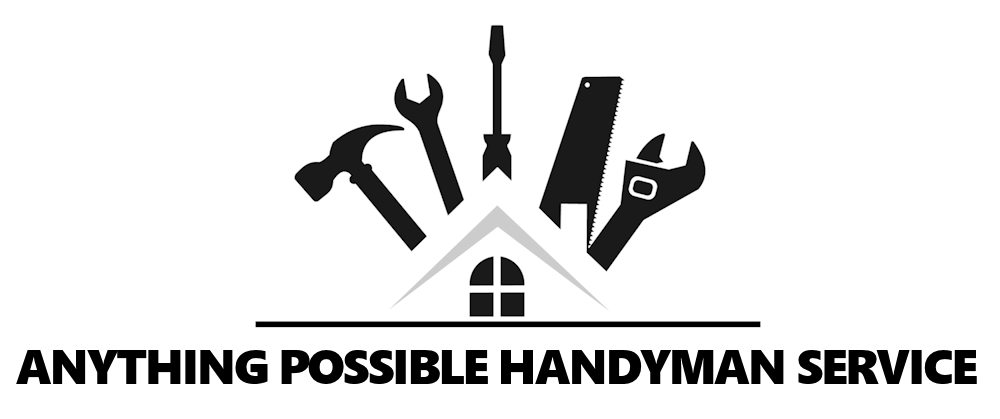Are you looking to tackle some home improvement projects but not sure where to start? If you’re a complete beginner or just want to enhance your handyman skills, this guide will help you navigate DIY home repairs and improvements. Let’s explore the essential skills, tools, and projects that can transform you from a novice to a capable home handyman.
DIY Handyman Skills: Overview of essential handyman skills homeowners can develop
Developing basic carpentry skills is foundational for any handyman. Learning how to accurately measure, mark, and cut different materials will serve you in countless projects. Start by practicing with simple wood joints and gradually progress to building small items like shelves or picture frames. Understanding wood types and their applications is equally important – softwoods like pine are budget-friendly for practice, while hardwoods offer durability for furniture projects. The ability to read and follow plans or create your own designs will significantly expand your capabilities as a DIY handyman.

- Explore essential DIY handyman skills for any homeowner. Source: familyhandyman.com
Beyond carpentry, familiarizing yourself with basic plumbing, electrical work, and drywall repair will make you more self-sufficient. For plumbing, learn how to fix leaky faucets, unclog drains, and replace simple fixtures. With electrical work, safety is paramount – master turning off power at the breaker before tackling projects like replacing outlets or light fixtures. Drywall repair is another valuable skill that involves patching holes, applying joint compound, and achieving a smooth finish that blends seamlessly with existing walls. These fundamental skills will save you money and give you the confidence to maintain your home properly.
Top Handyman Projects for Beginners: Step-by-step instructions for common starter projects
Installing light fixtures is an excellent first project that provides immediate satisfaction and improved home aesthetics. Begin by turning off power at the breaker box, then remove the existing fixture by disconnecting the wiring. Next, attach the mounting bracket that comes with your new fixture to the electrical box. Connect the wires according to instructions (typically black to black, white to white, and ground to ground), secure with wire nuts, and carefully tuck wires into the box. Finally, attach the fixture to the mounting bracket and install light bulbs to test your work. This project typically takes under an hour and requires minimal tools – just a screwdriver, wire stripper, and possibly a ladder.

- Top handyman projects for beginners – get started today! Source: housedoctors.com
Repairing drywall is another beginner-friendly project that can dramatically improve your home’s appearance. For small holes, apply spackling compound with a putty knife, let dry, then sand smooth before painting. For medium-sized holes, use a self-adhesive mesh patch covered with joint compound. For larger damages, cut a piece of drywall slightly larger than the hole, trace it onto the wall, cut out the damaged section, insert wooden backers for support, screw in the new piece, apply joint tape and compound, then sand and paint. Building simple storage solutions like floating shelves or basic bookcases can also build your confidence while addressing organization needs in your home. These starter projects teach valuable skills that prepare you for more complex renovations later.
Handyman Tools and Equipment: Guide to essential tools
Every handyman needs a well-stocked toolbox with quality essentials. Start with hand tools including a hammer, screwdriver set with multiple bits, adjustable wrench, pliers (both needle-nose and channel-lock), utility knife, and measuring tape. For power tools, begin with a cordless drill/driver which serves multiple functions from drilling holes to driving screws. Consider adding a circular saw for straight cuts in lumber and a jigsaw for curved cuts. As your skills advance, a miter saw becomes invaluable for precise angle cuts in molding and trim work. Quality matters more than quantity – invest in mid-range tools from reputable brands like DeWalt, Milwaukee, or Ryobi rather than purchasing the cheapest options available.

- Essential tools for every handyman project. Source: anythingpossiblehandyman.com
Proper tool maintenance ensures longevity and safety. Clean tools after each use, removing dust, dirt, and moisture that could cause rust or degradation. For power tools, regularly check cords for fraying, ensure moving parts are lubricated, and keep cutting edges sharp. Store tools in a dry location, ideally in toolboxes or on pegboards to prevent damage. For budget-conscious beginners, consider starting with combo kits that offer multiple tools at a discount or look for quality second-hand tools at estate sales. Remember that specialty tools like tile cutters or pipe wrenches can often be rented for one-time projects rather than purchased. As your skills grow, gradually expand your collection based on the types of projects you enjoy most.
Professional Handyman Services: Information about when to hire a professional handyman
While DIY projects can be rewarding, sometimes hiring a professional handyman is the wiser choice. Complex electrical work, major plumbing repairs, structural modifications, and gas line work typically require professional expertise and proper permits. According to Anything Possible Handyman Service in Kansas City, professional handymen typically offer services including light fixture installation, flooring installation, deck refinishing and repair, cabinet work, blind and curtain installation, small appliance installation, drywall and plaster repair, and both interior and exterior painting. When evaluating potential costs, most handymen charge either by the hour ($50-100 depending on location and expertise) or provide flat-rate quotes for specific projects.

- Learn when to call the professionals for handyman services. Source: anythingpossiblehandyman.com
Finding a reliable handyman requires some research. Start by asking neighbors, friends, or family for recommendations of professionals they’ve had positive experiences with. Check online reviews and ratings on platforms like Yelp, Google, or specialized service sites like Angie’s List. When contacting potential handymen, ask about licensing, insurance coverage, experience with similar projects, and request references from previous clients. A reputable professional will provide a detailed written estimate before beginning work and should be willing to explain their process. As House Doctors Handyman notes in their top ten list of common handyman projects, tasks like gutter cleaning, tile installation, electrical wiring, and window installation often benefit from professional attention due to the specialized tools, safety concerns, and expertise required.
